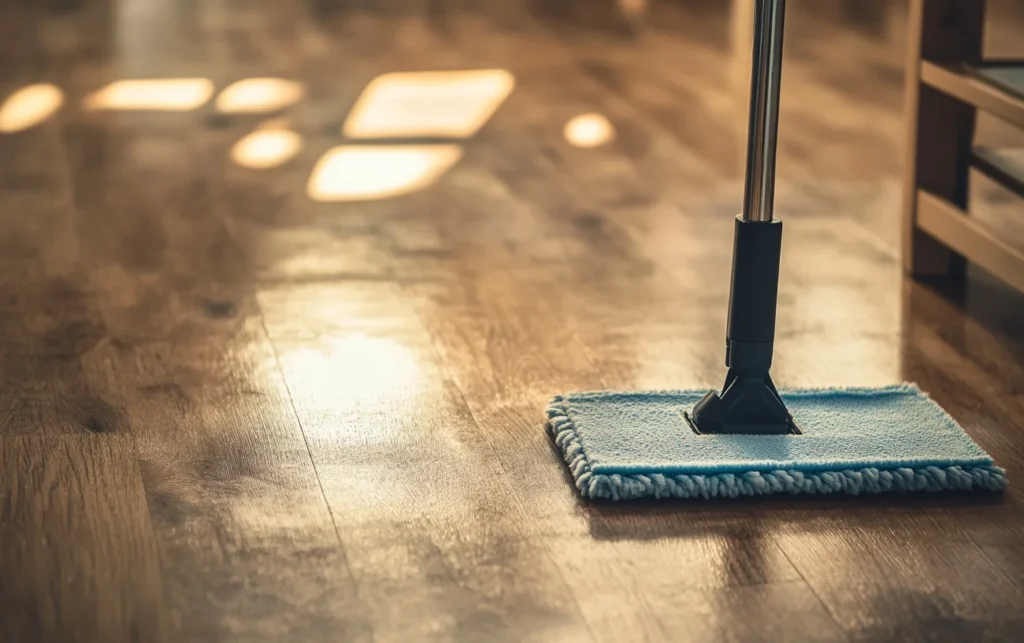Hot water is often praised for its ability to dissolve grease and grime, making it a popular choice for washing dishes, showering, and tackling tough stains. Many of us instinctively turn to warm or hot water when cleaning, assuming it will make the job easier and more effective. However, when it comes to mopping floors, using hot water can actually do more harm than good. Here’s why experienced cleaners avoid this approach—and why you should too.
1. Hot Water Causes Fast Evaporation and Streaks
One of the main reasons hot water is discouraged for mopping is its quick evaporation rate. When hot water is used, it dries rapidly on the surface, which means any cleaning chemicals mixed in are left behind as residue. This residue creates unsightly streaks and a dull film, making the floor look less clean even after a thorough mopping.
In contrast, cool or lukewarm water gives the cleaning solution more time to work and reduces the likelihood of streaks. By drying at a slower rate, cool water allows the detergent to fully dissolve dirt without leaving visible residue.
2. Hot Water Can Damage Certain Floor Materials
Another factor to consider is the sensitivity of various floor materials. Hardwoods, laminate, and certain types of tile can be damaged or warped by exposure to high heat. Over time, regular use of hot water can cause discoloration or weaken the integrity of these materials. By using cooler water, you extend the lifespan of your floors, keeping them looking new and preserving their structural integrity.
3. It’s More Effective to Use Two Passes with Cool Water
For heavily soiled floors, you may be tempted to reach for hot water to cut through dirt more easily. However, a two-step approach with cool or lukewarm water is more effective and safe. Start with one pass to loosen dirt, then go over the floor a second time to pick up any remaining residue. This method avoids streaks while achieving a deeper clean.
If you do need to use warm water for tough spots, make sure to go over the area again with cool water to remove any lingering cleaning solution and prevent residue from drying on the floor.
4. Cleaning with a Mop or Robot? Keep the Water Cool
Whether you’re using a traditional mop, a spin mop, or a robotic vacuum with a mopping function, cool water is recommended. Robotic mops, in particular, are designed to work with lower water temperatures for optimal cleaning. Cooler water prevents overheating of the device and yields a more consistent, streak-free finish.
In Summary: Keep It Cool for Cleaner Floors
While hot water is fantastic for dissolving grease on dishes or helping soap lather in the shower, it’s not ideal for floors. For a clean, streak-free shine, stick to cool or lukewarm water. Not only will your floors look better, but you’ll also protect them from unnecessary wear and tear, helping them maintain their beauty over time.

